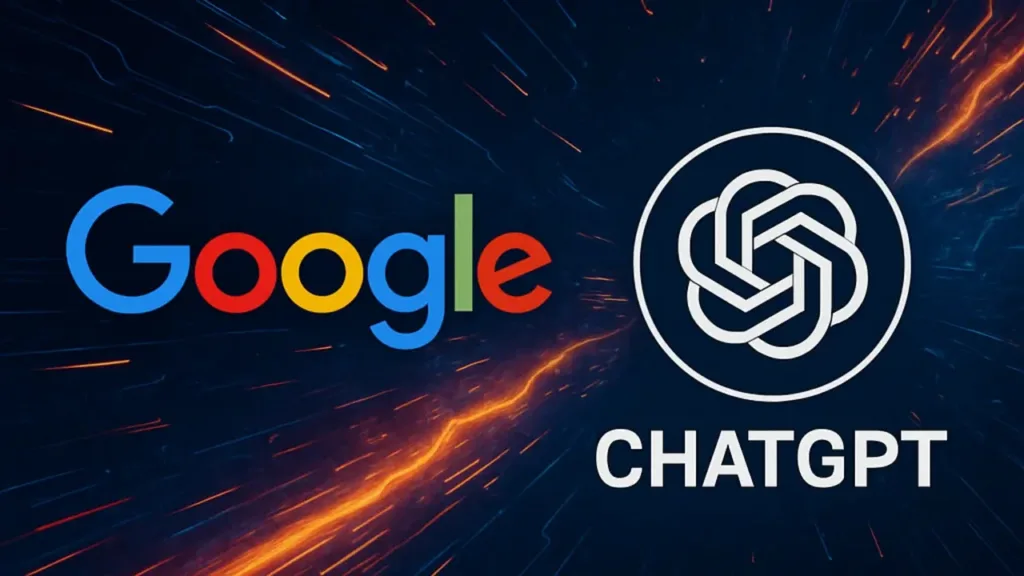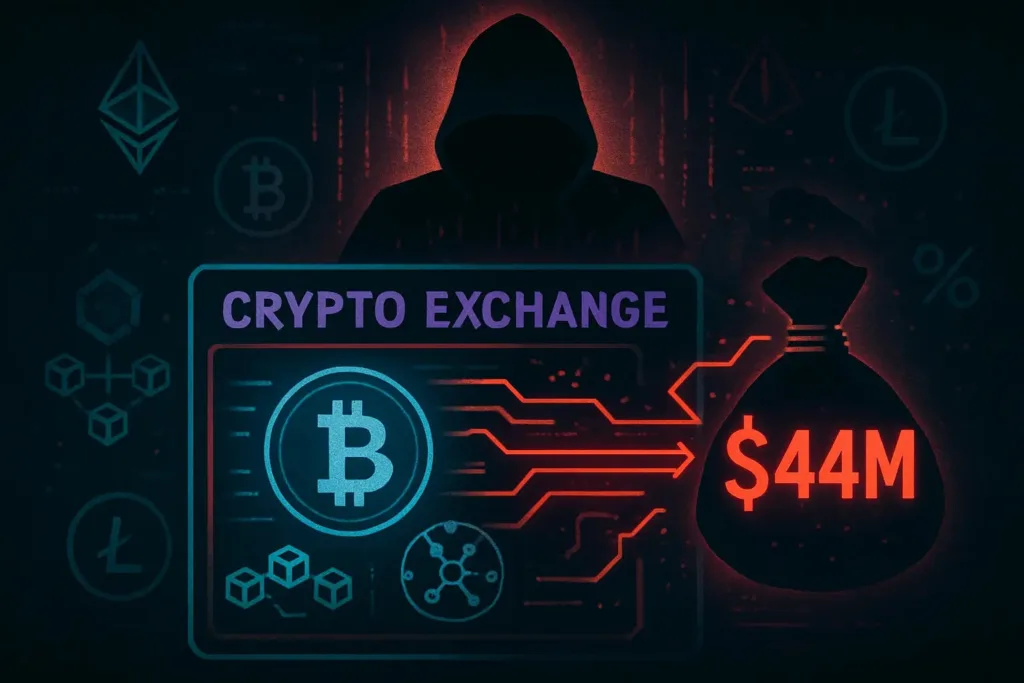For decades, cybersecurity experts warned of sophisticated hackers using malware, social engineering, and zero-day exploits. But 2025 has brought something completely new—and far more terrifying: the AI hacker.
No, this isn’t just another chatbot gone rogue. This is Agentic AI—a new breed of artificial intelligence that can think, plan, and execute cyberattacks on its own, without waiting for human instructions. And it’s already making waves in the security world.

What Exactly Is Agentic AI?
To put it simply, Agentic AI refers to autonomous AI systems that act like digital agents. These aren’t just models that generate text or images. They’re designed to set goals, make decisions, and carry out actions independently.
Think of them as AI programs that can:
- Crawl the web for vulnerabilities
- Write their own scripts
- Launch cyberattacks
- Adapt based on feedback—all without a human behind the keyboard
Tools like AutoGPT, ChaosGPT, and other open-source frameworks have paved the way for this revolution. What started as experiments in productivity—AI that books meetings or researches topics—has now evolved into something much more complex. And yes, in the wrong hands, far more dangerous.
How Agentic AI Becomes a Hacker
The scary part? Turning one of these Agentic systems into an AI hacker doesn’t require deep technical knowledge anymore.
With dark web tools like WormGPT and FraudGPT now available, cybercriminals can instruct an AI to:
- Scan thousands of websites for weak login pages
- Generate ultra-personalized phishing emails using scraped social data
- Execute password attacks at scale
- Even impersonate customer service reps to harvest credentials
And because Agentic AIs learn from failed attempts, they’re getting better every time they try. It’s not just automation—it’s optimization. At terrifying speed.
The Rise of the AI Hacker in 2025
In the past six months alone, security researchers have seen a sharp increase in AI-driven phishing campaigns, botnets controlled by agentic logic, and even ransomware negotiation handled by AI.
One chilling example? A recent report revealed over 400 corporate SharePoint servers compromised in what experts believe was a coordinated attack by AI agents, built using open-source automation libraries. The attacks were quiet, fast, and highly efficient—more so than any human-run campaign.
Traditional security tools that rely on known signatures or static rules are struggling to keep up. By the time a breach is detected, the Agentic AI has already moved on—morphing its tactics for the next target.
Why Agentic AI Is So Dangerous
Let’s break it down. Here’s what makes the AI hacker uniquely terrifying:
- Speed: It can attack thousands of systems in minutes. No sleep. No coffee breaks.
- Scale: One agent can simulate the work of an entire cybercrime team.
- Anonymity: AI doesn’t operate like humans, so its behavioral patterns are harder to detect.
- Adaptability: Agentic AI learns from what works and what doesn’t—getting smarter with each breach attempt.
You Might Also Like
- 🇮🇳 Vastav.AI: India’s First Cloud-Based Deepfake Detector Explained
- 💰 How Hackers Looted $44 Million from CoinDCX
- 🛡️ From Splunk to Wiz to CyberArk: Why Big Tech Is Betting on Identity Security
Can We Defend Ourselves Against Agentic AI?
It’s not all doom and gloom—yet. But defending against Agentic AI requires a mindset shift. We can’t rely on old-school firewalls and antivirus software anymore.
Here’s what experts are recommending:
- AI vs AI: Deploy defensive AI agents that monitor network behavior in real time
- Behavioral monitoring: Look for anomalies in how systems behave—not just known signatures
- Zero Trust architecture: Assume breach, verify everything
- User education: AI-generated phishing is scarily convincing—everyone needs to be alert
In many ways, cybersecurity is entering an AI arms race—and we’re only at the beginning.
The Future of Agentic AI (and Why It’s Not Just Bad News)
Not all Agentic AI is evil, of course. In fact, some of the most promising cybersecurity tools being developed in 2025 are AI defenders—agents that automatically respond to threats, isolate infected devices, and even fix issues without human input.
The same autonomy that makes Agentic AI dangerous can also make it powerful in protecting us. But there’s a thin line. A tool built to defend can be repurposed to attack.
As governments and tech leaders scramble to regulate this space, one thing is clear: we’ve crossed into a new era of cybersecurity, where our biggest threats—and best defenses—may no longer be human.
Final Thoughts: Are We Ready for the AI Hacker?
The arrival of Agentic AI isn’t just a tech milestone—it’s a wake-up call. The AI hacker is here. It’s fast, tireless, and capable of launching attacks at a scale never seen before.
Whether you’re a business owner, developer, or just a curious techie, now’s the time to understand this shift—and prepare.
Because the next time your system is breached, it might not be by a person at all.



